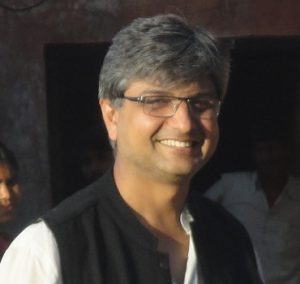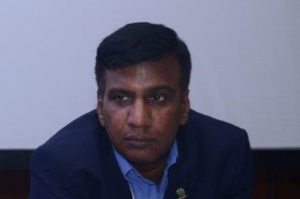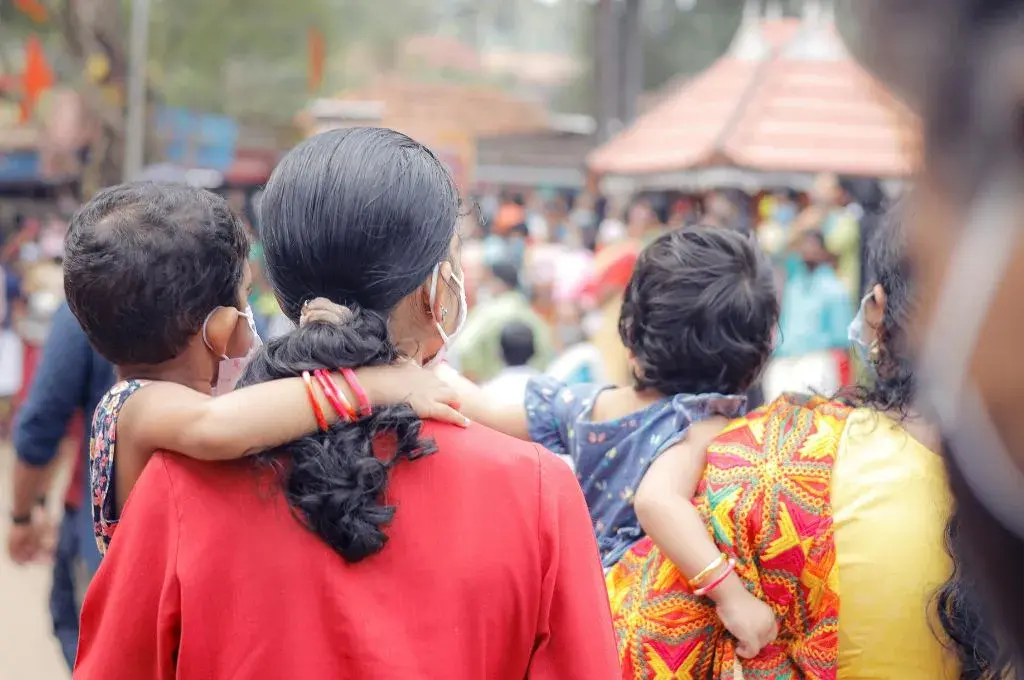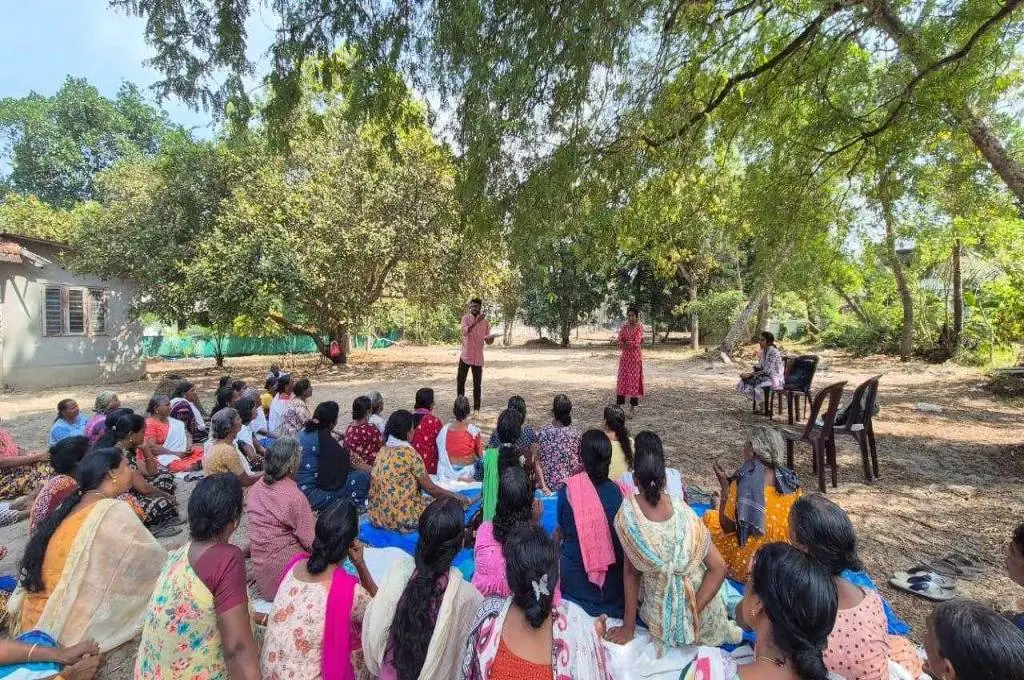India is faced with several challenges when it comes to building a comprehensive primary healthcare system. Rising out of pocket expenditure, the double burden of diseases, exclusion from access to healthcare due to social and geographical marginalisation, low utilisation of primary health centres (PHCs), shortage of manpower at PHCs (less than 40 percent have the mandatory two doctors), are some of the most prolific problems.
Although India has made significant advances in improving the health of its population, huge disparities still exist—between urban and rural areas, and between the rich and the poor. Access to healthcare is an issue that millions in the country still struggle with, and India needs to build a strong comprehensive primary healthcare system to address this.
The National Health Policy of 2016, and the National Health Protection Scheme of 2018 (Ayushman Bharat) are steps in this direction. The aim of these policies is twofold:

- To improve access and quality of primary healthcare (strengthening 150,000 sub-centres and primary health centres, and turning them into health and wellness centres)
- To improve access to secondary and tertiary care through a universal health insurance scheme
Related article: Getting it right with Ayushman Bharat
What the evidence tells us: What works for rural primary care
There is overwhelming evidence that suggests that a family-centred approach improves healthcare of rural populations. This approach integrates preventive, promotive, and curative care. The healthcare providers are trained to manage a range of conditions—from child and maternal healthcare to communicable and non-communicable diseases. They are trained to work in teams and understand community needs in order to engage with them actively.
[quote]Low public expenditure in primary healthcare inhibits access to the most marginalised populations.[/quote]India spends a very small proportion of its national budget on healthcare. In previous years, increased budgetary allocations to the National Rural Health Mission led to significantly improved outcomes. However, overall budgetary allocations to healthcare remain low, at around one percent of the national GDP, and low public expenditure in primary healthcare inhibits access to the most marginalised populations. Within India, there is evidence* that states that spend higher proportions of their budgets on healthcare have better health outcomes than those who spend less.
A review of global evidence by the WHO India Country Office, concluded that non-physician providers, when well-trained, equipped with the necessary skills, and supported and supervised, can deliver quality healthcare for a range of conditions.
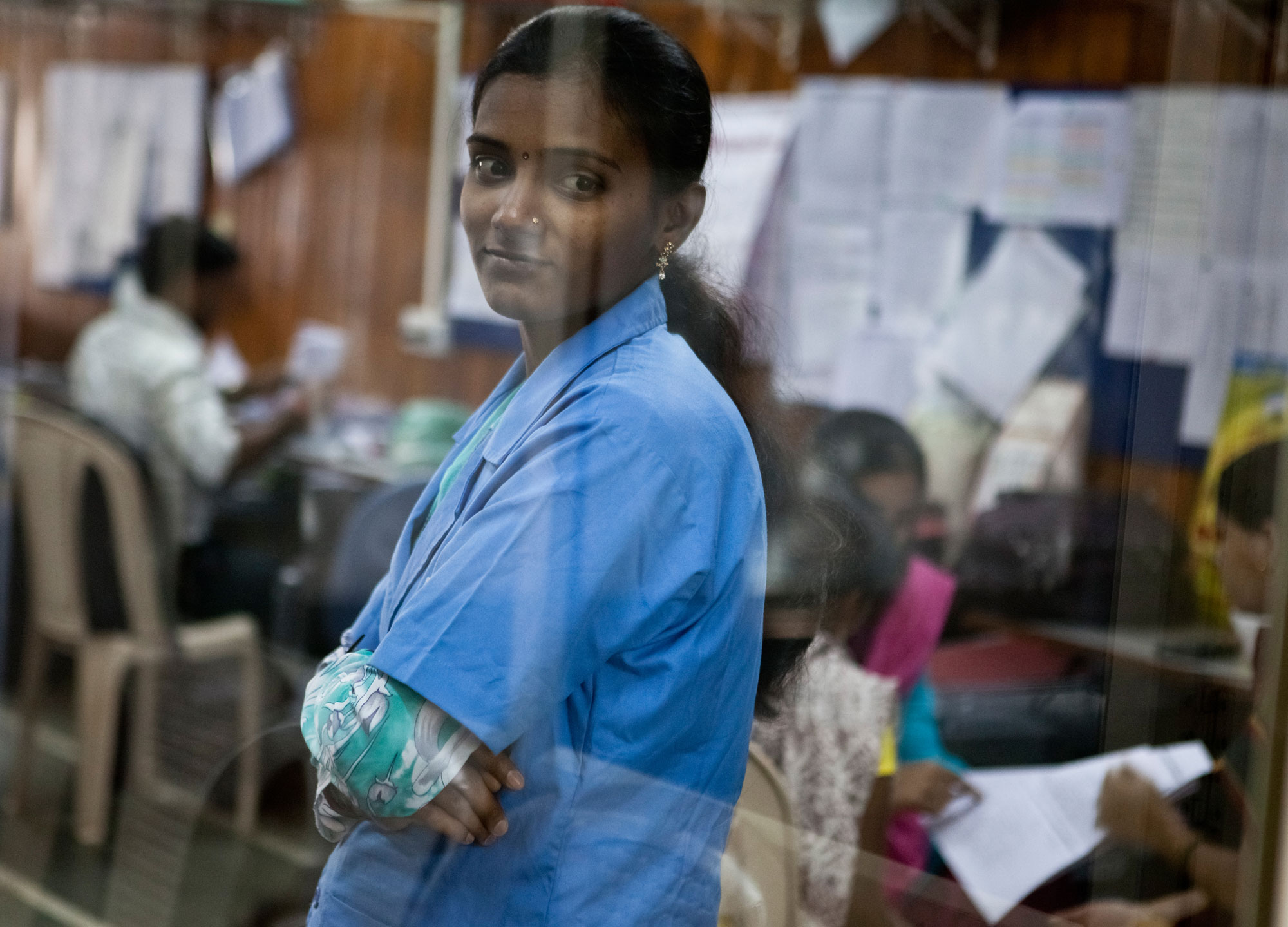
Photo courtesy: Charlotte Anderson
[quote]Training should take place in rural health facilities, and trainees should be embedded in rural communities.[/quote]Evidence and experiences from different countries** suggest that primary healthcare teams, consisting of physician and non-physicians (such as nurse practitioners) are critical to providing comprehensive primary healthcare. The team should be prepared to offer a full scope of services to the rural constituencies they serve. They need to have a range of clinical skills, social skills and leadership skills.

Current medical and nursing education is conducted in specialised tertiary care settings. In order for them to be effective in their work, their training should take place in rural health facilities, and trainees should be embedded in rural communities.
Recommendations going forward
The commitment to invest 2.5 percent of the country’s GDP on healthcare, and allocate 70 percent of this expenditure to primary healthcare should be honoured and tracked closely. States should also be encouraged to provide higher allocations to healthcare.
There are concerns that India’s investments in Ayushman Bharat will promote secondary and tertiary healthcare at the cost of primary healthcare, and so the recommendation is that the scheme should focus on primary healthcare services.
PHCs should retain gatekeeping functions: patients should first consult PHCs, and only when referred by PHCs, should they be entitled to insurance coverage for secondary or tertiary care. This would increase the utilisation of PHCs and would reduce the expenditure that unnecessary referrals incur.
[quote]Medical and nursing curriculums should be revised to align with rural priorities.[/quote]Medical and nursing curriculums should be revised to align with rural priorities as well. The current training provided to students is heavily urban-centric, with a tertiary healthcare bias. Training should instead take place in rural health facilities, and trainees should be embedded in rural communities. Appropriate training in rural healthcare settings will bring about the change in focus from tertiary care to primary care, and from urban bias to rural focus. Family Medicine training to medical graduates and equivalent training to nurses will help them fulfil this role.
Related article: The ecology of an itch
New state-funded rural medical colleges are being set up in district hospitals, and entrusting them with the healthcare of their districts, sourcing rural students, adapting their curricula to meet local needs would significantly improve rural health outcomes. Teams working in PHCs should be adequately supported through regular skilling, incentives and supervision. Appropriate technological solutions should be provided to help them deliver quality healthcare.
It is important to keep in mind that India itself is not faced with a shortage of physicians—they are simply reluctant to work in rural areas, primarily due to inadequate living and working conditions, low wages, and poor training opportunities.
Therefore, improved living and working conditions, better salaries, use of disruptive technology, co-operative arrangements with other rural health facilities, and continued training in family-centered care, could help a team of health professionals: doctors, nurses and other cadre of non-physicians, provide high quality care in rural areas.
These learnings and recommendations emerged from a one-day national consultation, held on 27th April, 2018 at the World Rural Health Conference, that sought to identify those elements that could guide India’s efforts at improving healthcare in underserved areas. The consultation brought together healthcare practitioners, policy makers, and academicians from across India and other countries.
State governments, nonprofit organisations, and other countries have been implementing innovative solutions to address problems of access and affordability. Their cumulative experiences could serve to inform India’s national healthcare policies.
The full report capturing the insights from this event, published in August 2018, can be accessed here.
* Presented by Dr Rajesh Kumar, Dean, Post Graduate Institute of Medical Education and Research, Chandigarh at the World Rural Health Consultation (WRHF) 2018, India.
**Shared by experts at WRHF 2018.

